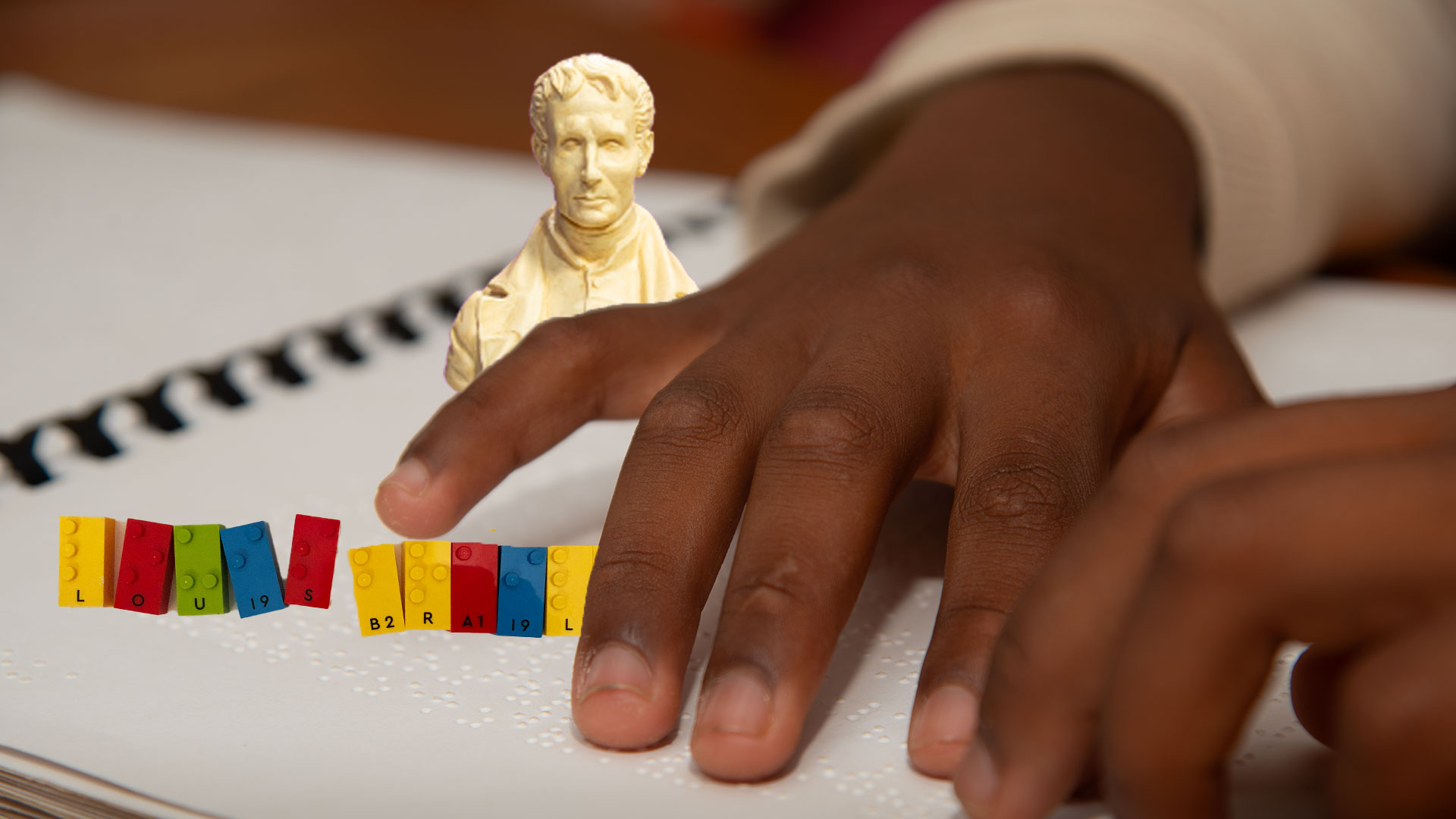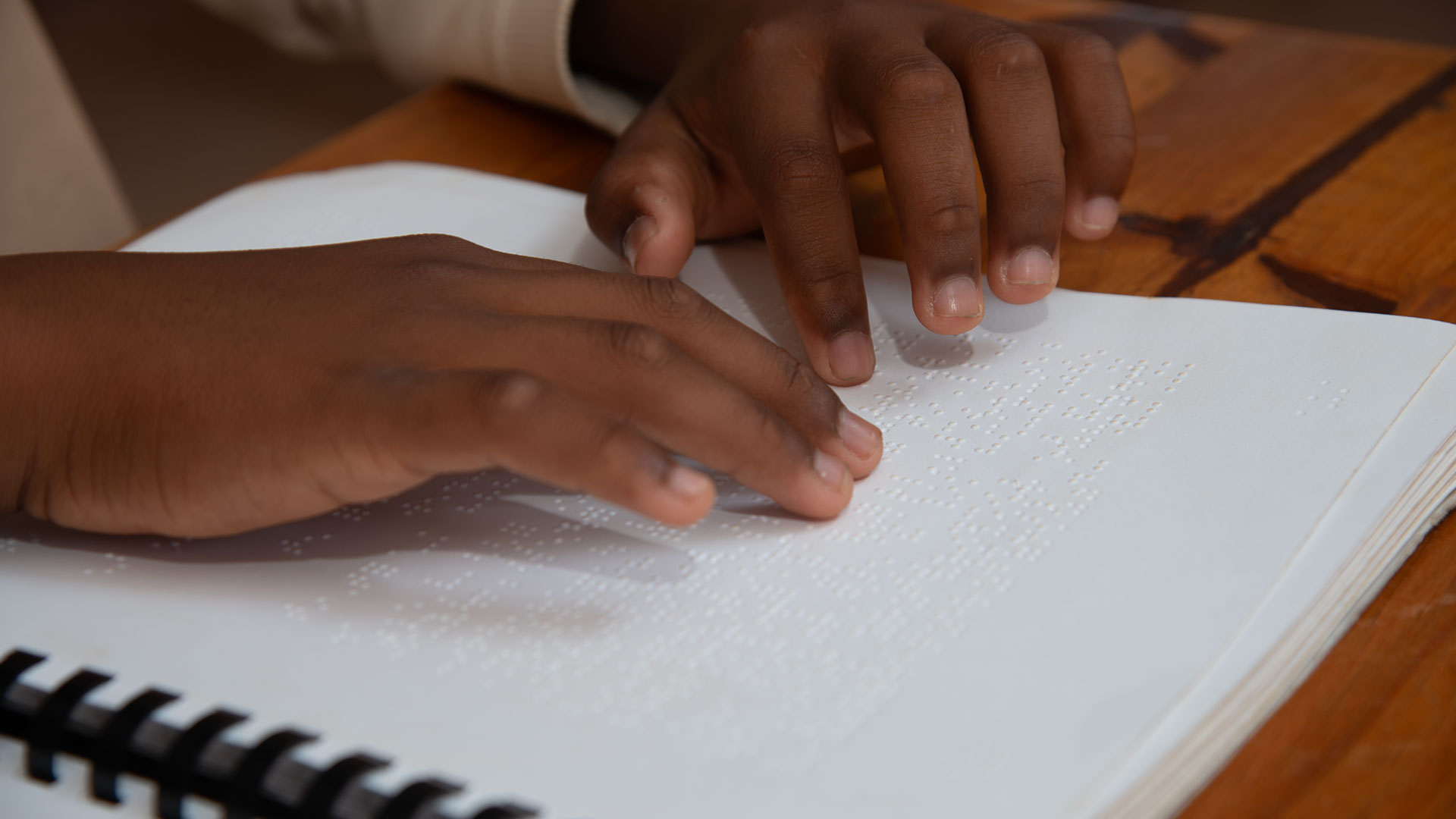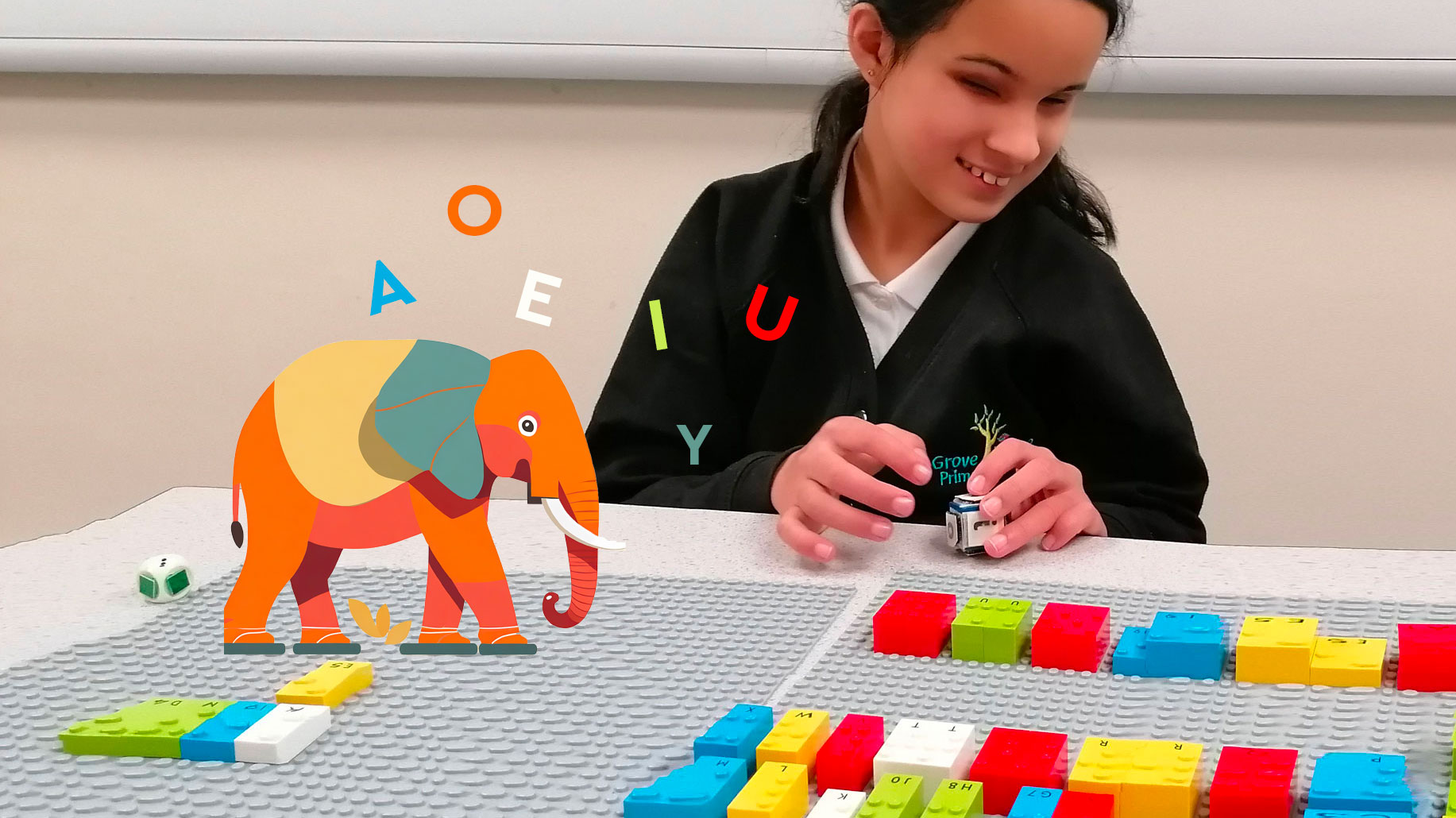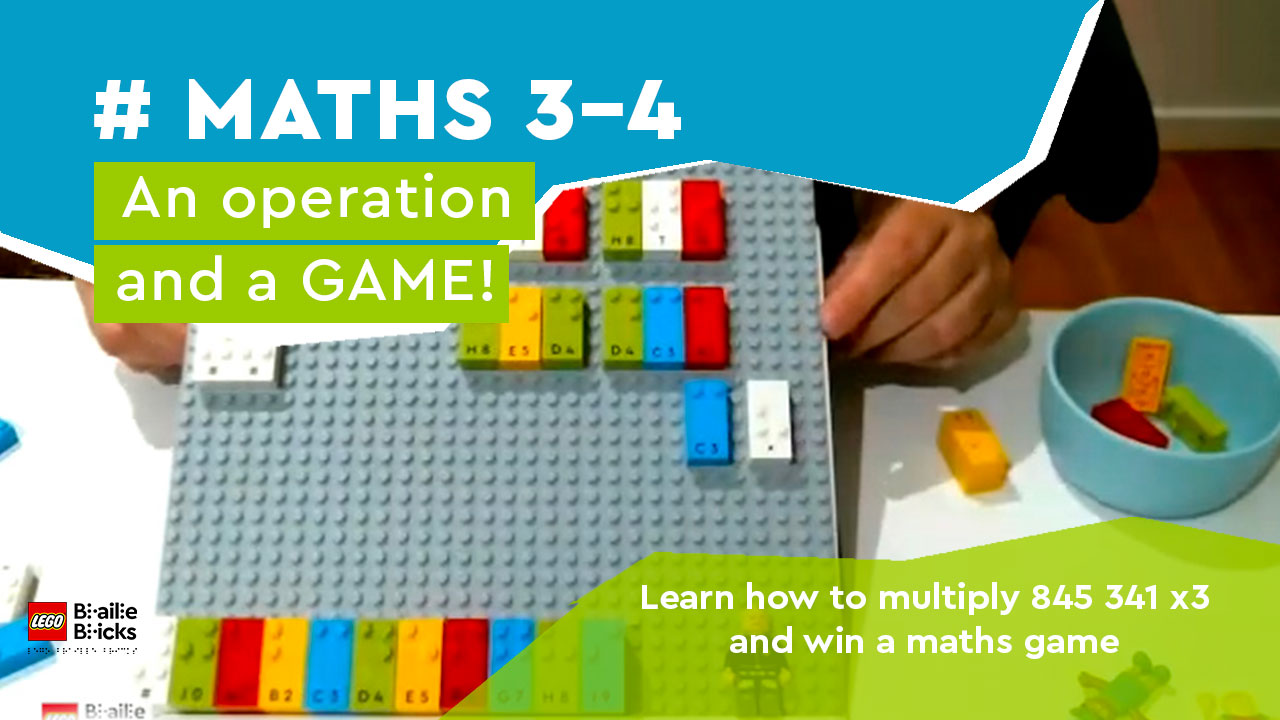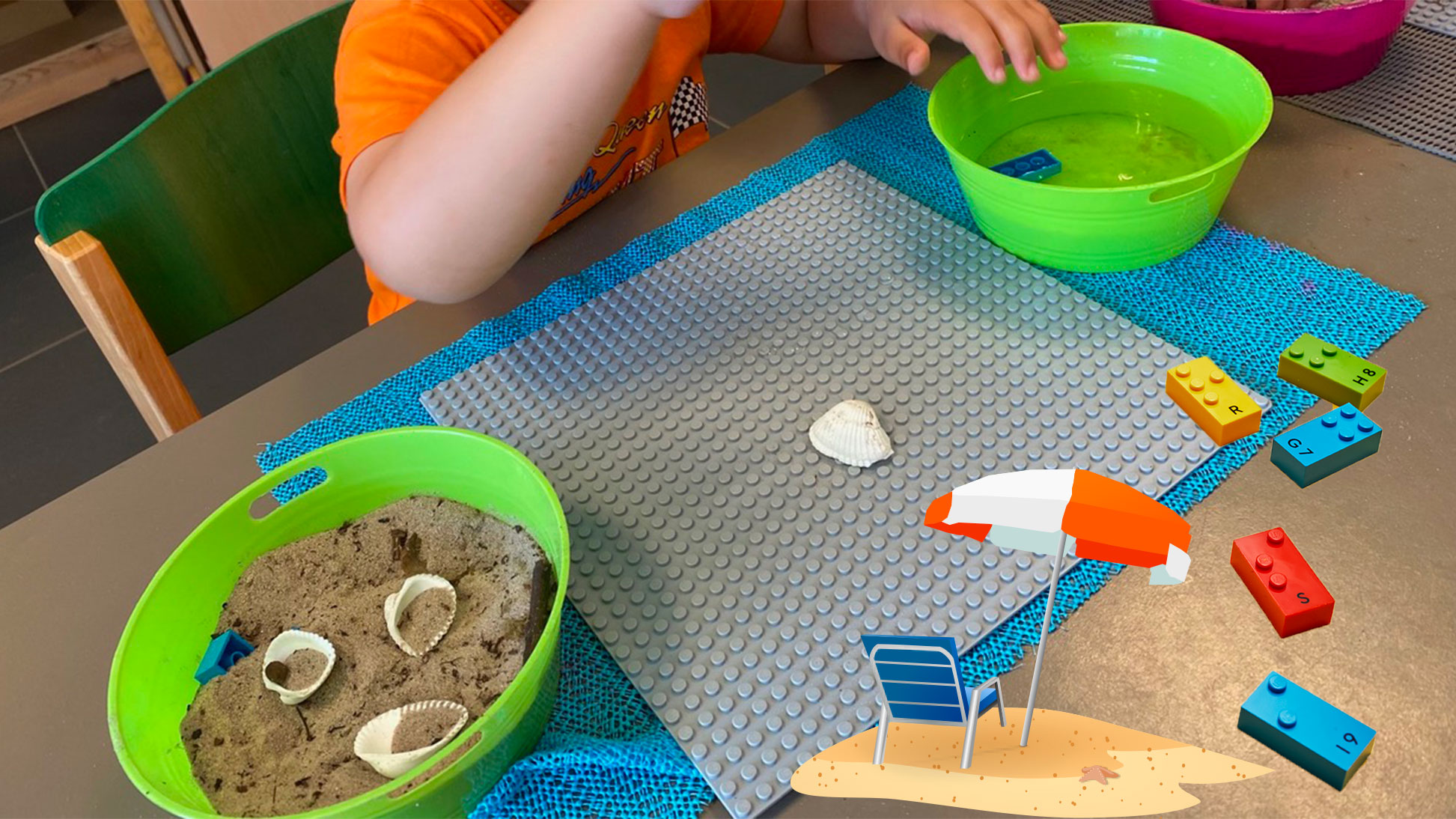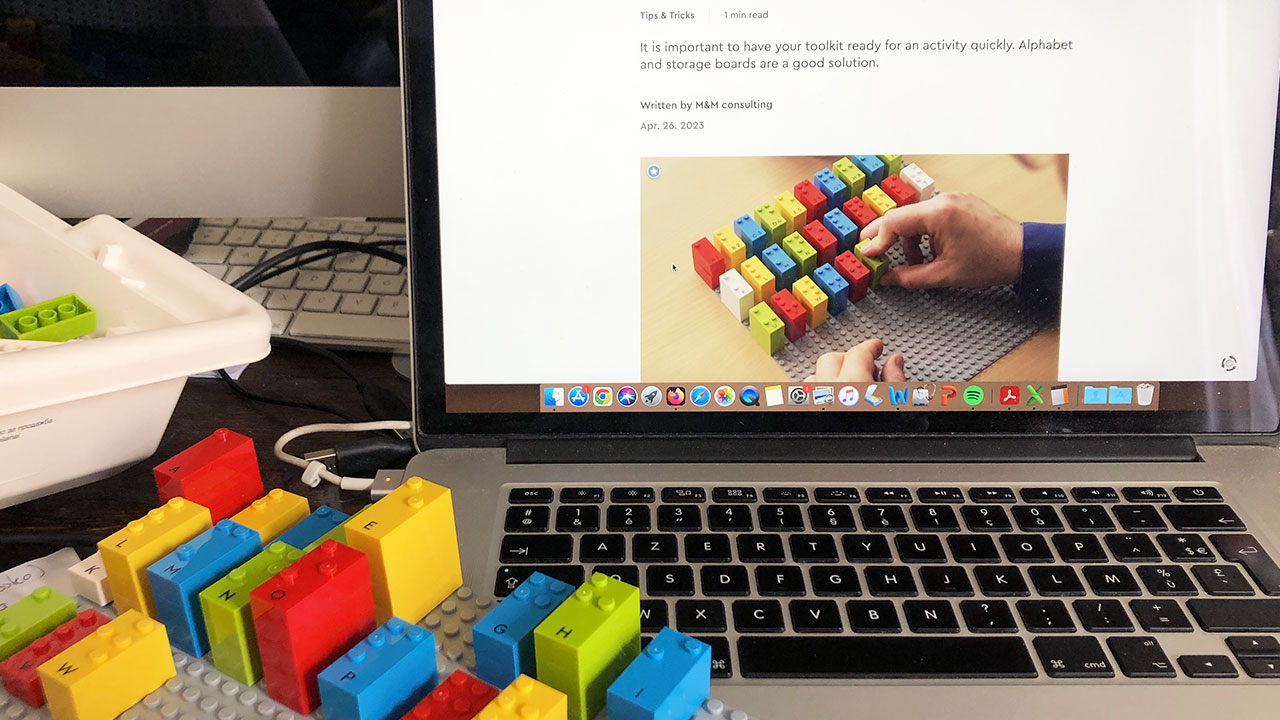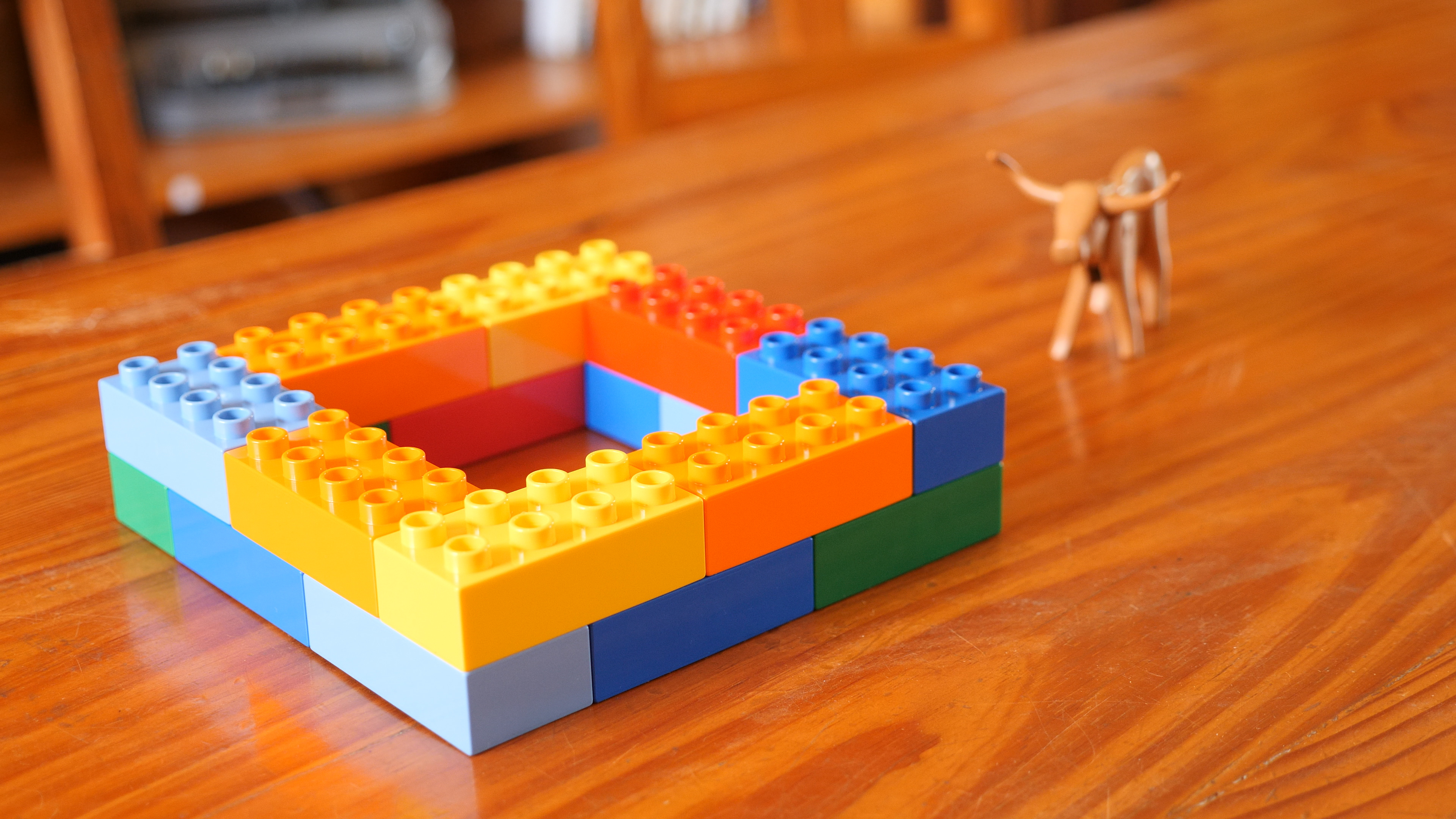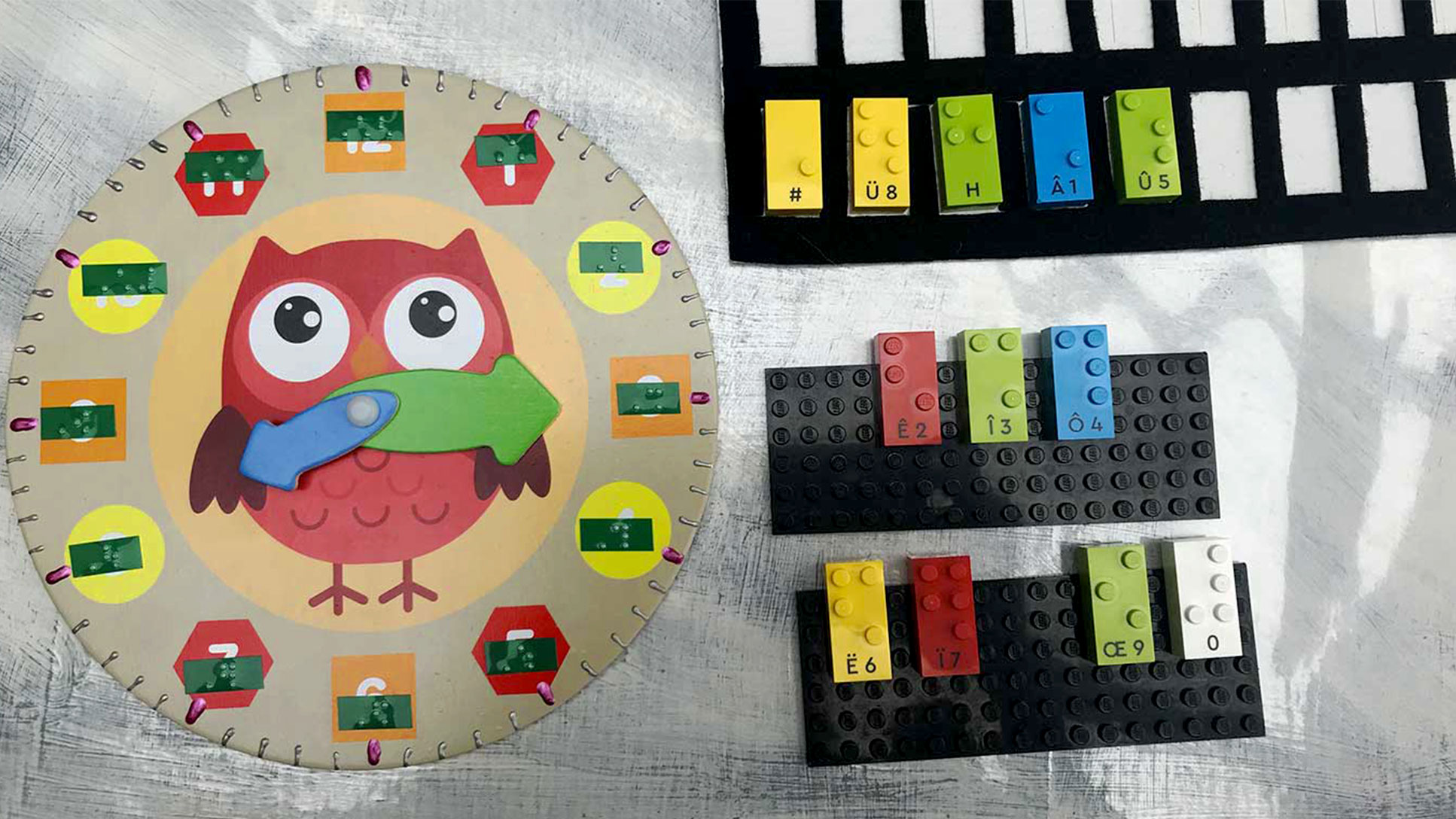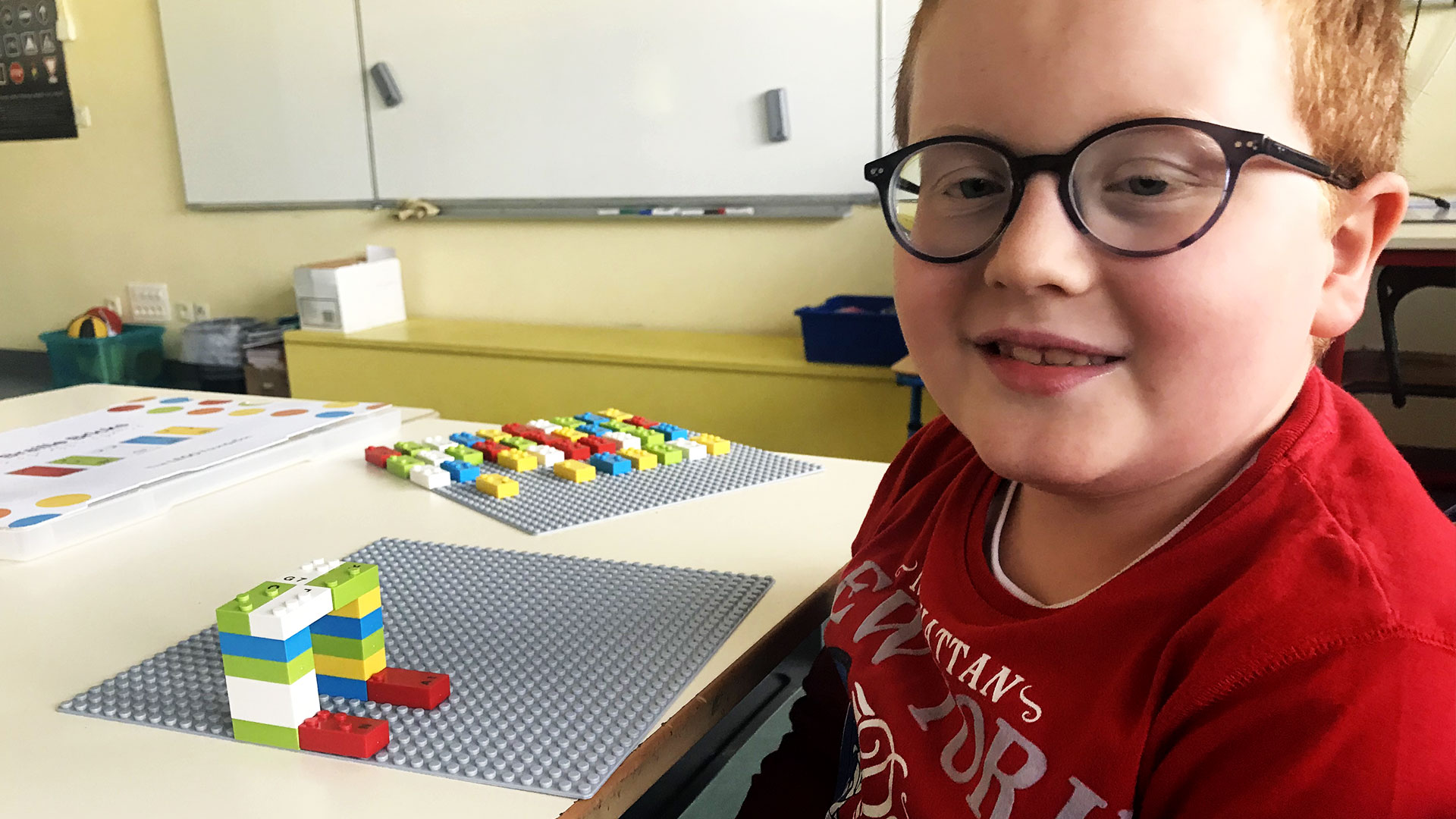Hello my name is Melissa Fanshawe and I'm coming to you from Brisbane Australia.
I work at the University of Southern Queensland.
I work in the school of education and I teach our pre-service teachers how to teach maths to students in their classroom.
But I'm also a trained teacher of students with vision impairment
so I've been loving using the LEGO Braille Bricks to try and introduce topics for our students
and to help them make meaning of some maths concepts.
The first thing I'd like to show you today is the concept of part-part-whole.
Now part-part-whole is one of the first understandings that students have of number
and it helps them to understand that number is not just a symbolical concept
but it's actually broken up into different things.
So for example the number 10 could actually be two and eight
or it could be five and five and that's really important for our basic understanding of number
and having flexibility of number when we're doing equations and those sorts of things.
So the first thing I'd like to show you, I'm just going to move my screen down to my LEGO Braille Bricks base plate now.
On my LEGO Braille Bricks base plate I actually have a double number symbol.
When I do that it's representing to the students that everything on this board is going to be number. It's like having your cap's lock on I guess on the computer, everything is going to be number.
Now I feel that it's very important before we actually teach the symbolic nature of number that students have an understanding of real life items. So this activity is about partitioning number.
I have the number 20 at the top of my LEGO Braille Bricks base plate and I want students to work out how many different ways can we break up 20.
Firstly I'm going to use some real life manipulatives and that helps them understand that 20 isn't just this symbolic figure but it is representing real life.
So I have some little figurines and they're of different people that could be in my classroom
and I'm going to work out how I can put 20 into some groups
so I get the students to play with the 20 little figurines and we can break them up into some groups.
So for example I might have one in one room and 19 in the other and so then I get the students to represent that using the LEGO Braille Bricks.
So I have 1 and 19. So one way we can partition 20 is to have 1 and 19.
So as students get more familiar with this, they could do 2 and 18, they could do 10 and 10 and they can represent the different students in different groups with the LEGO Braille Bricks.
Then we could actually have them in more rooms.
So in this one we have 3 in one room, 4 in another room, 4 in another room and 9 in the other,
then students can represent this with 3 and 4 and 4 and 9.
Partitioning is a really important concept that we need students to understand so that they can understand numeracy.
It does help them a lot with number and number understanding as well as that flexibility
when they go into operations because then they can work out if they're adding a number they can go
"oh 20 is actually 1 and 19 I could add on 3"
So it really is a wonderful opportunity to help students have the Lego Braille bricks because they can use them flexibly.
It's like using a notepad where they can write down the different ways that they can make the number 20.


